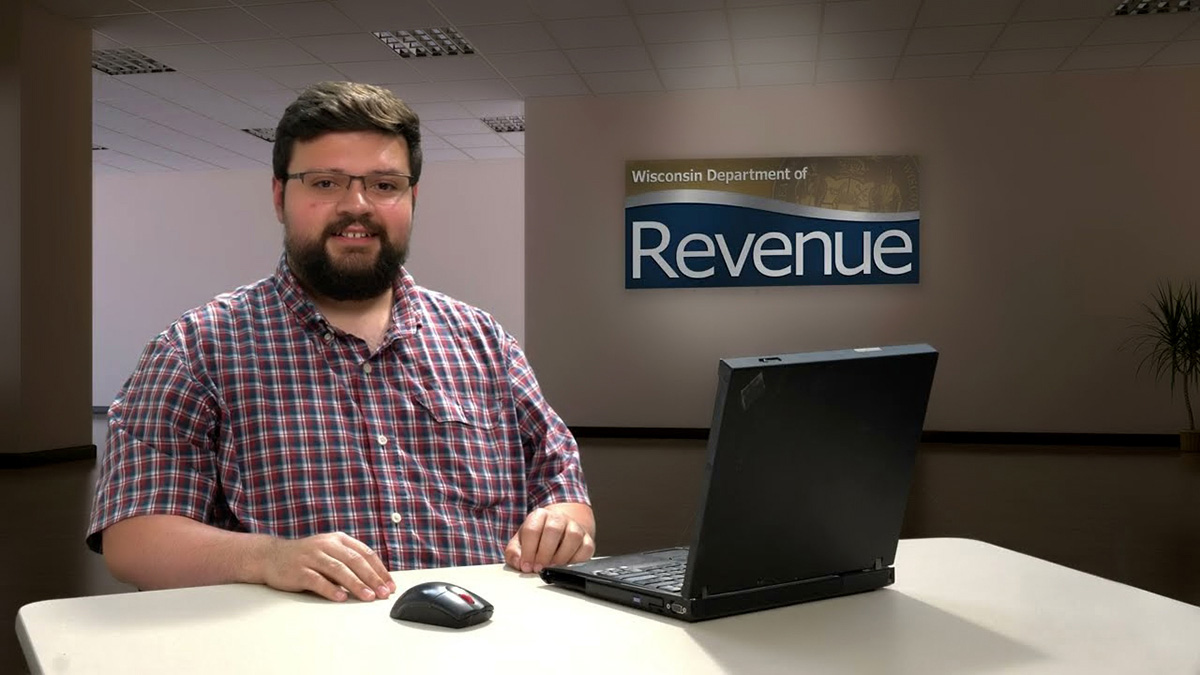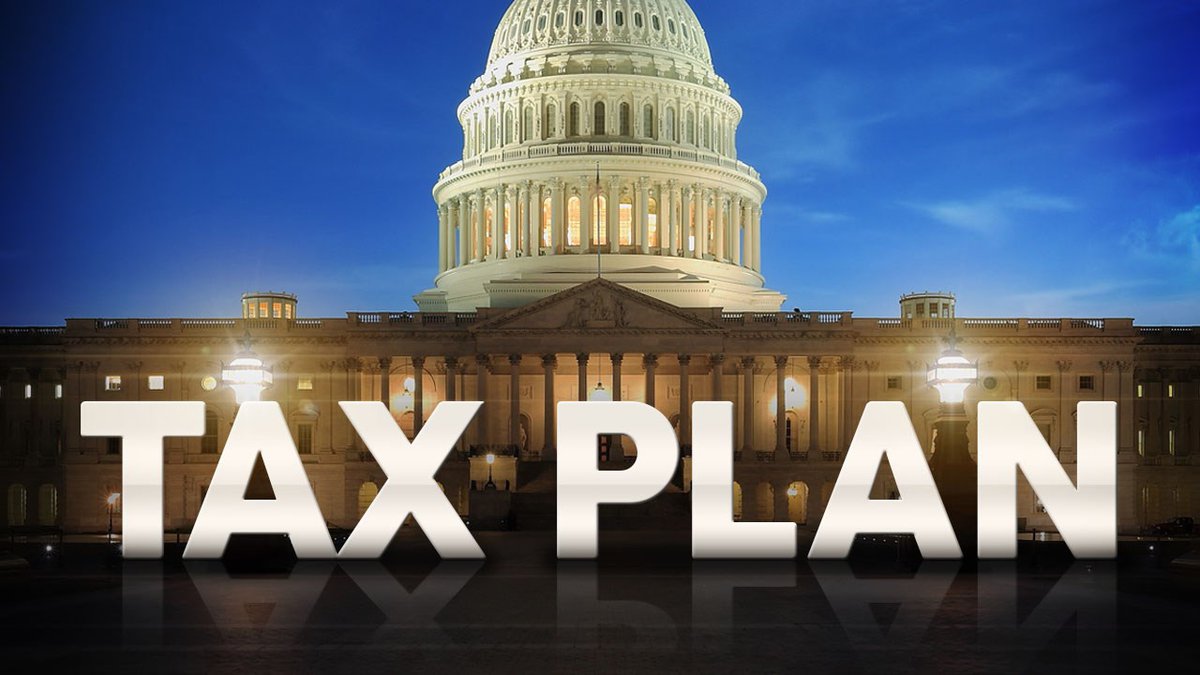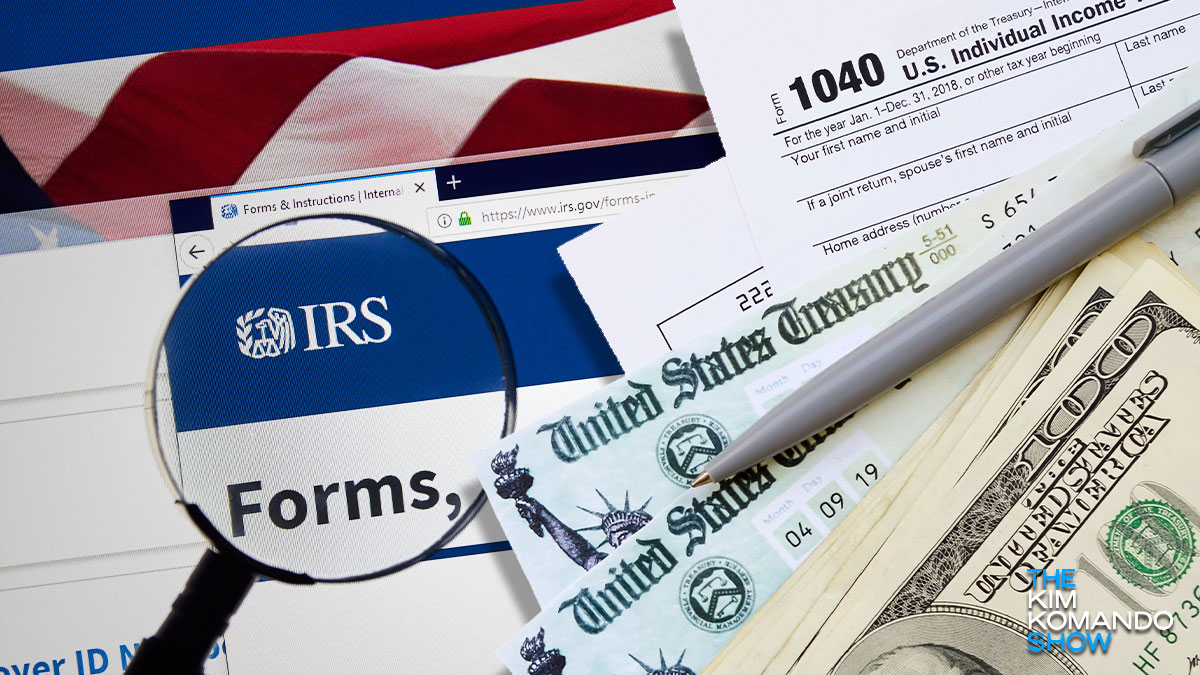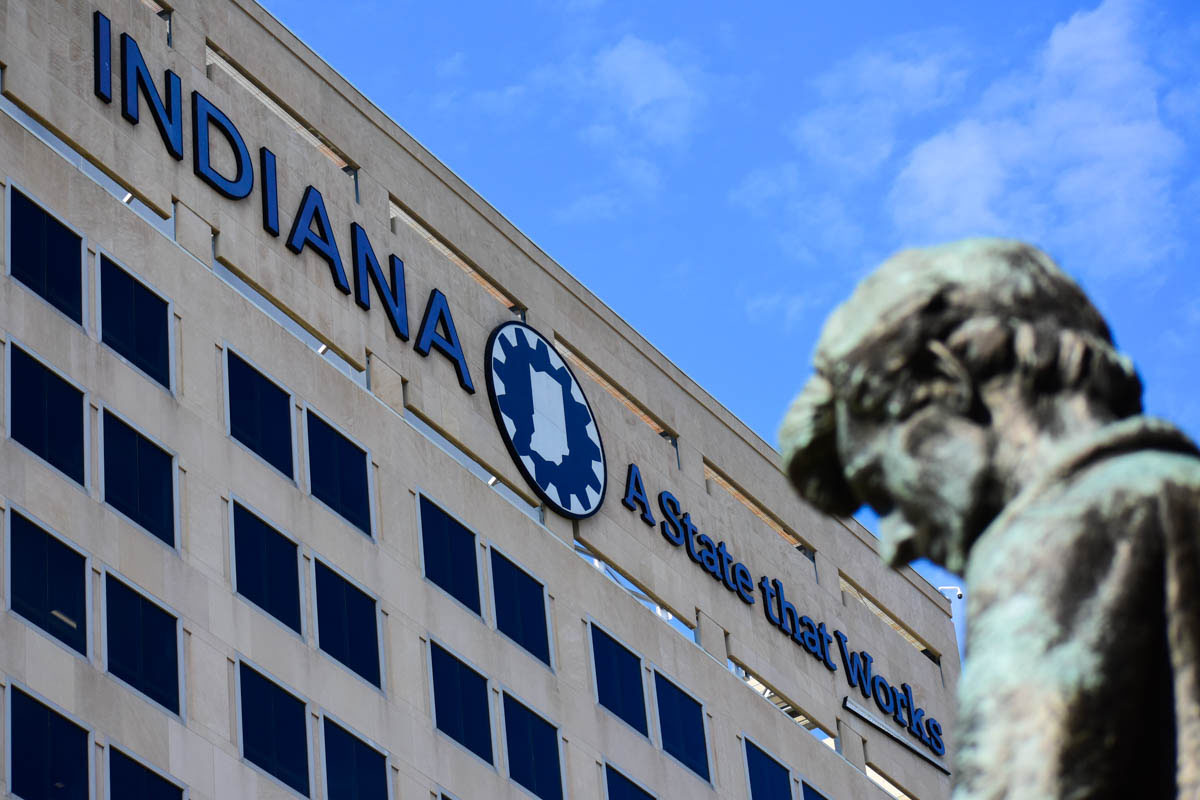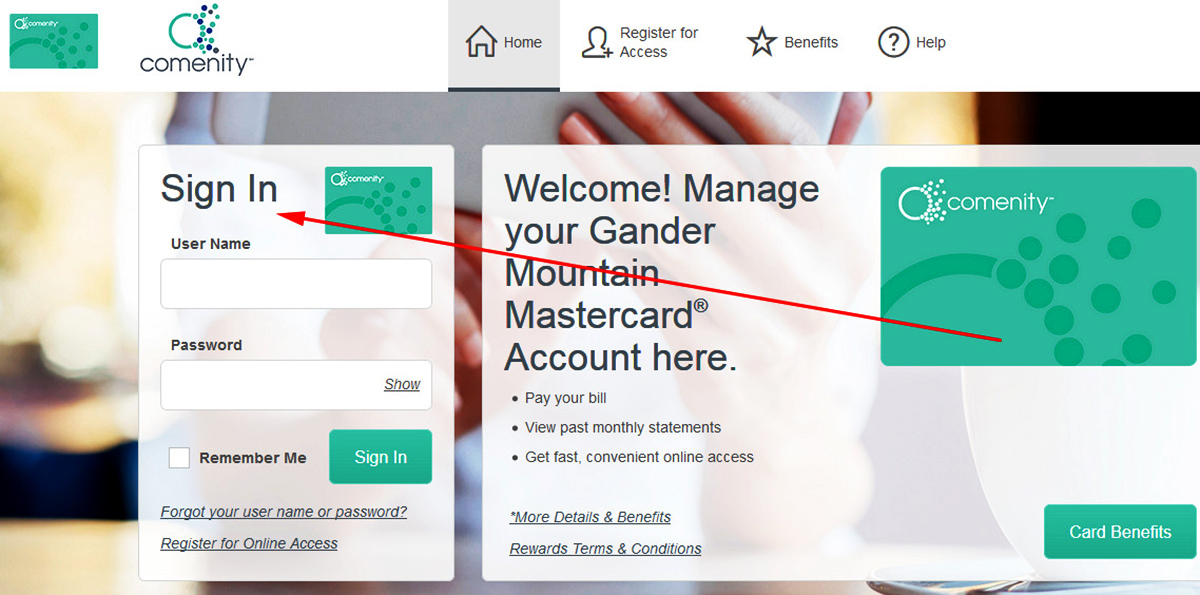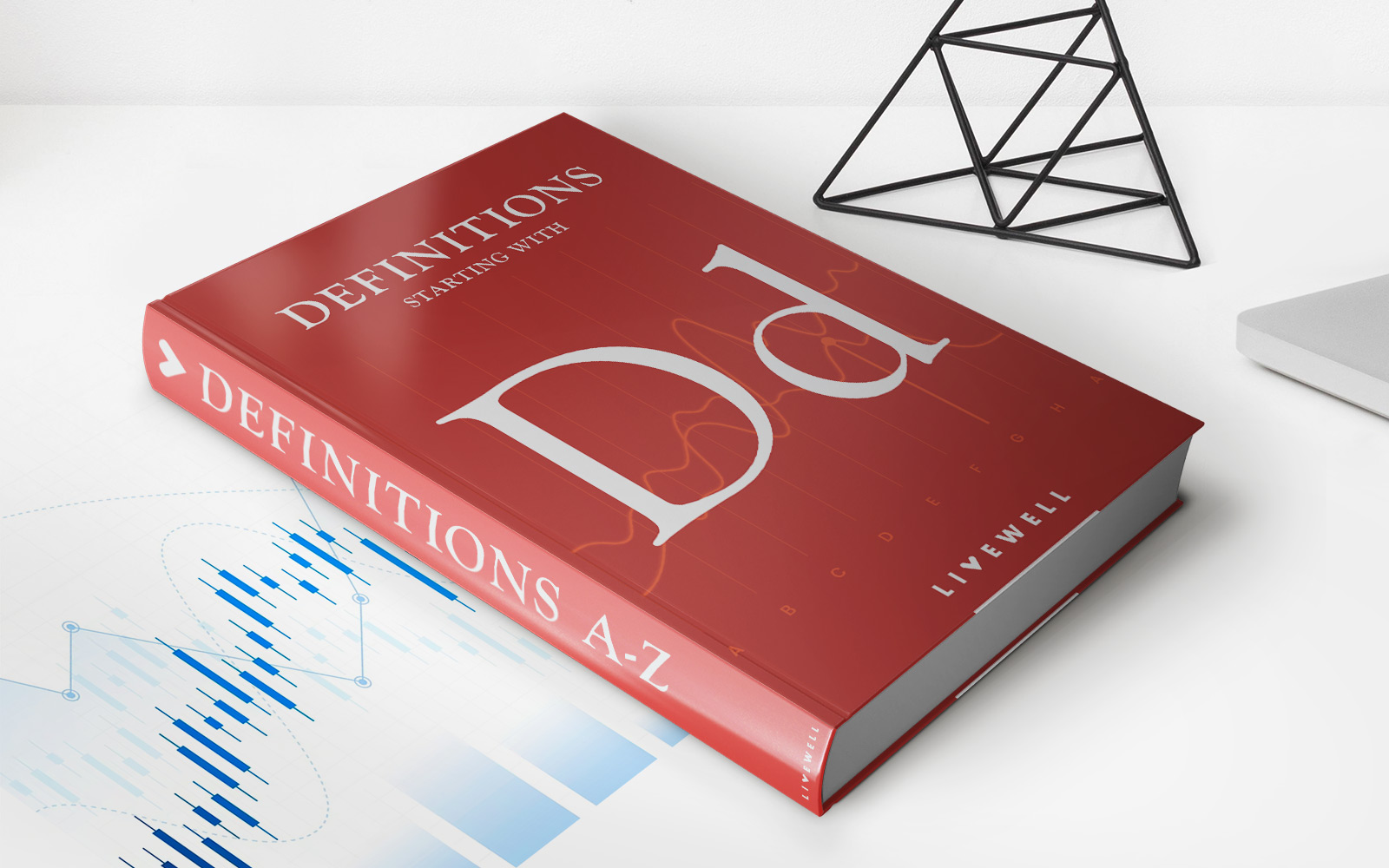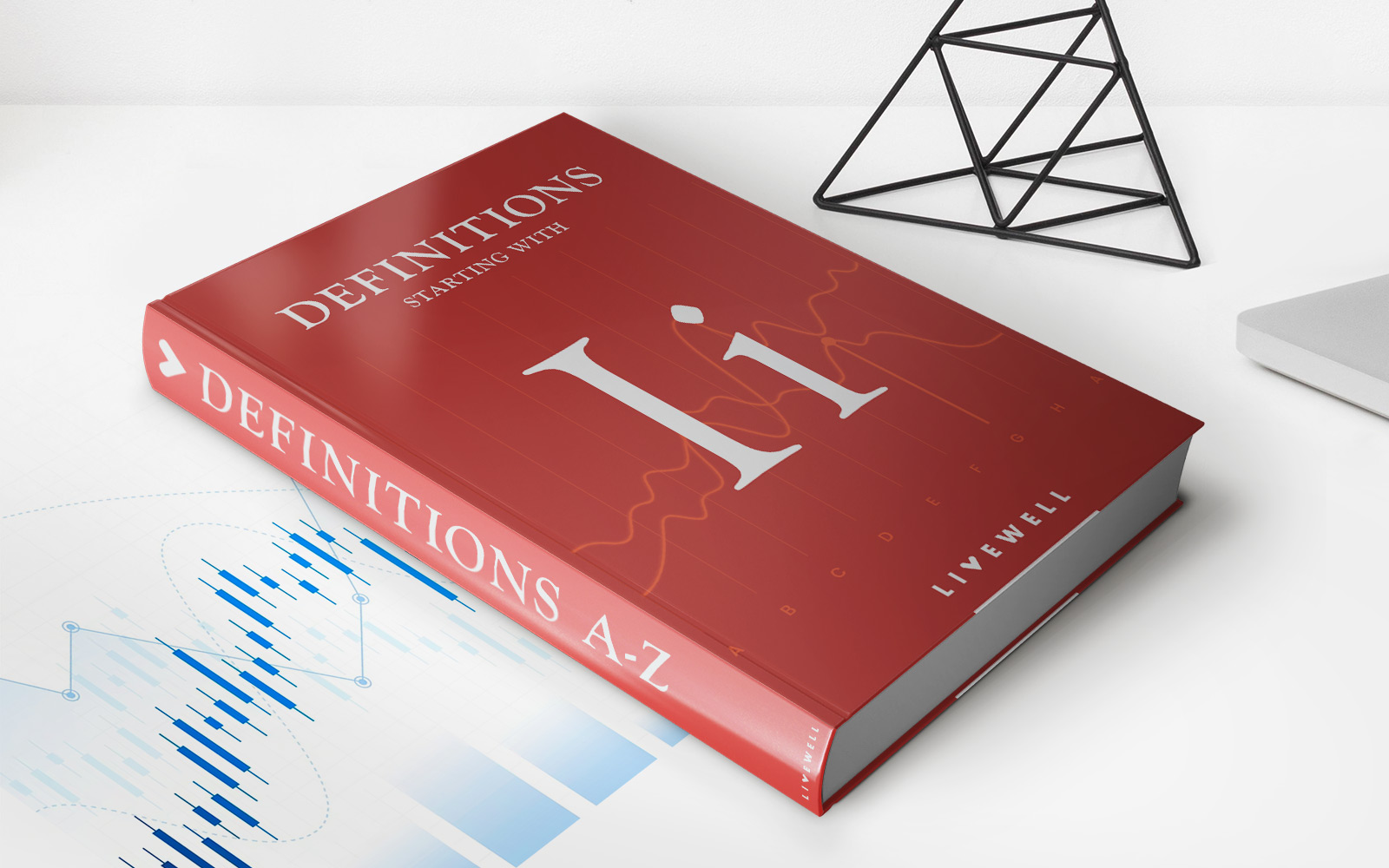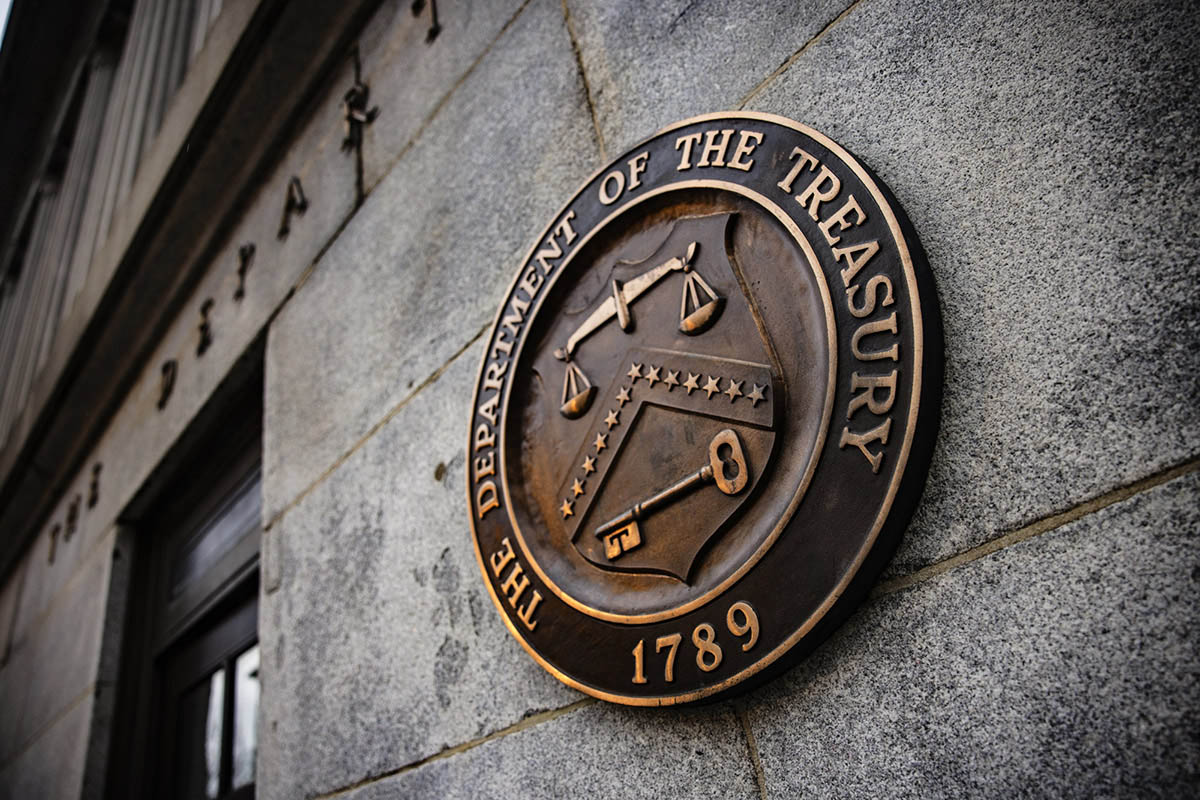

Finance
Where Do I Mail My Kansas State Tax Return?
Published: October 29, 2023
Learn where to mail your Kansas state tax return in just a few simple steps! Stay on top of your finances and ensure your return gets to the right place.
(Many of the links in this article redirect to a specific reviewed product. Your purchase of these products through affiliate links helps to generate commission for LiveWell, at no extra cost. Learn more)
Table of Contents
Introduction
When it comes to filing your Kansas state tax return, it’s important to know where to send it. After carefully preparing your tax documents and ensuring all the necessary forms are included, the next step is to securely mail your return to the appropriate address. Whether you prefer to file your taxes electronically or opt for the traditional paper filing method, understanding the proper mailing procedures is crucial to ensure your tax return reaches the Kansas Department of Revenue without any issues.
In this article, we will guide you through the process of mailing your Kansas state tax return. We will provide you with the necessary information regarding the mailing address, options for certified or registered mail, mailing amendments or corrections, mailing late or extension requests, and electronic filing options. By following these instructions, you can have peace of mind knowing that your tax return has been properly submitted and received by the Kansas Department of Revenue.
So, let’s dive into the details and find out exactly where to mail your Kansas state tax return.
Instructions for Mailing Kansas State Tax Returns
Before you begin the process of mailing your Kansas state tax return, it’s essential to double-check that you have completed and included all the necessary forms and documents. This ensures the accuracy and completeness of your return, reducing the chances of any delays or complications. Once you have verified the contents of your tax return, follow these instructions for a smooth mailing process:
- Mailing Address for Paper Returns: The mailing address for paper returns may vary depending on the type of return you are filing. It is important to use the correct mailing address to ensure your return reaches the correct department. You can find the appropriate mailing address on the Kansas Department of Revenue website or on the tax instruction booklet provided by the department.
- Using Certified Mail or Registered Mail: While not mandatory, it is recommended to use certified mail or registered mail when sending your tax return. This provides proof of mailing and delivery, offering an added layer of security and peace of mind.
- Mailing Amendments or Corrections: If you need to make amendments or corrections to a previously filed tax return, do not mail the entire return again. Instead, mail only the corrected forms or amended sections of the return along with a detailed explanation of the changes made. Include your name, Social Security number, and tax year on each page. The mailing address for amended returns can be found on the Kansas Department of Revenue website.
- Mailing Late or Extension Requests: If you are filing your tax return after the due date or if you have requested an extension, make sure to indicate this on your return. The mailing address for late or extension requests is the same as the address for regular returns. However, it is advisable to file electronically in these situations to avoid any potential delays or issues.
- Electronic Filing Options: The Kansas Department of Revenue also offers electronic filing options for taxpayers. E-filing is a convenient and efficient way to file your state tax return. With electronic filing, you no longer need to worry about mailing your return, as it is submitted electronically to the department. You can find more information about e-filing options on the Kansas Department of Revenue website or through approved tax software providers.
By following these instructions, you can ensure that your Kansas state tax return is mailed to the correct address and delivered without any complications. Whether you choose to file electronically or opt for the traditional paper filing method, be sure to review all the requirements and guidelines provided by the Kansas Department of Revenue to ensure a successful tax filing experience.
Mailing Address for Paper Returns
When filing your Kansas state tax return by mail, it is crucial to use the correct mailing address. The specific mailing address may differ based on the type of return you are submitting. To find the appropriate mailing address, you can refer to the Kansas Department of Revenue website or consult the tax instruction booklet provided by the department. Here are some key points to keep in mind:
- Individual Income Tax Returns: If you are filing an individual income tax return, the mailing address may vary based on whether you are enclosing a payment or not. It is essential to double-check the address provided on the official forms and instructions to ensure accuracy.
- Business Tax Returns: For business tax returns, including those for partnerships, corporations, or S corporations, the mailing address will typically be different than that for individual income tax returns. The specific address can be found on the relevant forms and instructions provided by the Kansas Department of Revenue.
- Amended Returns: If you are mailing an amended return to correct errors or make changes to a previously filed return, ensure that you use the correct address for amended returns. This address may be different than the address for regular returns, so it is important to confirm the correct mailing address before sending the amended return.
Remember to double-check the accuracy of the mailing address to prevent any delays or misplacement of your tax return. Using the correct address ensures that your return is received by the appropriate department within the Kansas Department of Revenue and processed promptly.
Keep in mind that the mailing address for Kansas state tax returns may change from year to year. It is always important to consult the latest forms, instructions, or the Kansas Department of Revenue website to obtain the most up-to-date mailing address information for your specific tax year.
Using Certified Mail or Registered Mail
When mailing your Kansas state tax return, it is highly recommended to use certified mail or registered mail for added security and peace of mind. While it is not mandatory, using these services provides proof of mailing and delivery, which can be invaluable in case any issues or disputes arise.
Here are a few reasons why using certified mail or registered mail is a good idea when mailing your Kansas state tax return:
- Proof of Mailing: When you send your tax return through certified mail or registered mail, you receive a receipt as evidence that you have sent the package. This receipt includes a unique tracking number, date of mailing, and the name and address of the recipient. Having this proof can be crucial if any questions or discrepancies arise concerning the timely filing of your return.
- Proof of Delivery: Certified mail and registered mail both require a signature from the recipient upon delivery. This means that you will have proof that your tax return has been received by the Kansas Department of Revenue. In case of any disputes regarding the timely submission of your return, the signed delivery confirmation serves as evidence that your return reached its destination.
- Enhanced Security: Using certified mail or registered mail provides an additional layer of security for your tax return. These services come with features such as sealed packaging, tracking capabilities, and insurance options to protect your important documents. If your tax return contains sensitive personal or financial information, using certified mail or registered mail can help safeguard against the risk of loss or unauthorized access.
When using certified mail or registered mail, be sure to keep the receipt and tracking number in a safe place. These documents will be essential if you need to track the delivery status or provide evidence of mailing at a later date.
While electronic filing is becoming increasingly popular, mailing your tax return is still a common practice. By opting for certified mail or registered mail, you can add an extra layer of assurance to ensure the secure delivery of your Kansas state tax return.
Mailing Amendments or Corrections
If you discover errors or need to make changes to a previously filed Kansas state tax return, you must file an amended return. To ensure that your amended return is processed accurately, it is important to follow the correct mailing procedure. Here are the steps for mailing amendments or corrections:
- Identify the Correction: Before mailing your amended return, identify the specific sections or forms that require correction. Make sure to review your initial return and any supporting documentation carefully to pinpoint the necessary changes.
- Prepare the Corrected Information: Complete the corrected sections of the relevant forms or attach new forms as needed. If you are making changes to previously filed schedules or attachments, ensure that you update all affected parts.
- Include a Detailed Explanation: Along with your amended return, provide a detailed explanation of the changes you are making. Include your name, Social Security number, and the tax year on each page of the explanation. Be clear and concise in your explanation to help the tax authority understand the purpose of the amendments.
- Separate the Amended Documents: Separate the amended return and relevant documents from the original return. It is recommended to use staples or paper clips to secure each set of documents separately. This will enable the tax authority to easily identify the amendments and process them accordingly.
- Find the Correct Mailing Address: Check the Kansas Department of Revenue website or the amended return instructions to find the specific mailing address for amended returns. It may differ from the address for regular returns, so it is crucial to have the correct address to ensure your amendments reach the appropriate department.
- Mail the Amendments: Once you have completed all the necessary steps, mail the amended return and supporting documentation to the designated address. It is recommended to use certified mail or registered mail for added security and proof of delivery.
By following these instructions, you can ensure that your amendments or corrections reach the Kansas Department of Revenue in a timely manner. This will help expedite the processing of your corrections and ensure the accuracy of your tax records for the specified tax year.
Mailing Late or Extension Requests
If you find yourself in a situation where you are filing your Kansas state tax return after the deadline or if you have requested an extension, it is essential to understand the proper mailing procedures. Here are the steps to follow when mailing a late tax return or an extension request:
- Indicate Late Filing or Extension: On your tax return, be sure to indicate clearly that you are filing your return late or that you have requested an extension. This helps the Kansas Department of Revenue identify and process your return accordingly, avoiding any potential confusion.
- Follow the Regular Mailing Address: The mailing address for late tax returns or extension requests remains the same as the address for regular tax returns. However, it is advisable to file electronically instead of mailing your return if you are filing after the deadline or if you have been granted an extension. Electronic filing reduces the chances of delays and allows for faster processing.
- Attach Payment (if applicable): If you owe any tax amounts, ensure that you include the payment along with your tax return or extension request. Make the payment via check or money order payable to the “Kansas Department of Revenue” and attach it securely to your return.
- Consider Electronic Filing: As mentioned, electronic filing is the recommended method for late or extension requests. It provides a secure and efficient way to submit your return or request without relying on physical mail. Explore the electronic filing options available through the Kansas Department of Revenue website or approved tax software providers.
- Check for Penalties and Interest: Keep in mind that filing your Kansas state tax return late may result in penalties and interest charges. Be prepared to address any additional fees that may apply due to the late filing. Familiarize yourself with the specific penalties and interest rates outlined by the Kansas Department of Revenue to understand the potential financial implications.
By following these instructions, you can successfully navigate the process of mailing a late Kansas state tax return or an extension request. However, it is always advisable to file your tax returns on time to avoid penalties and interest charges. If you anticipate being unable to file by the deadline, it is recommended to request an extension in advance to ensure ample time for a proper filing.
Electronic Filing Options
Filing your Kansas state tax return electronically offers numerous advantages over traditional paper filing. It is a convenient and efficient way to submit your tax return, providing quicker processing and reducing the likelihood of errors. The Kansas Department of Revenue offers various electronic filing options to suit different taxpayer needs. Here are some important points to know about electronic filing:
- Online Filing: The Kansas Department of Revenue provides an online portal where you can electronically file your state tax return. This option allows you to complete your return online, enter the necessary information, and submit it directly to the department. The portal guides you through the process and ensures you provide all the required information.
- Approved Tax Software: You can also use approved tax software to electronically file your Kansas state tax return. These software programs have been authorized by the Kansas Department of Revenue and offer a user-friendly interface to accurately complete and file your return. The software guides you through the necessary steps and helps you calculate your taxes accurately.
- Free File Alliance: The Kansas Department of Revenue is part of the Free File Alliance, which offers free electronic filing options for eligible taxpayers. This program allows taxpayers to access free, brand-name tax software and file their federal and state returns electronically at no cost. To determine eligibility and explore participating software options, visit the Kansas Department of Revenue website.
- Direct Deposit: When filing electronically, you have the option to choose direct deposit for any refund owed to you. Instead of waiting for a paper check to arrive in the mail, the department can deposit your refund directly into your bank account. This expedites the refund process and eliminates the risk of a lost or stolen check.
- Security Measures: Electronic filing through the Kansas Department of Revenue follows strict security protocols to safeguard your personal and financial information. These measures include encryption of data transmission and secure user authentication to protect your sensitive data throughout the filing process.
By choosing to file your Kansas state tax return electronically, you can simplify the filing process, minimize errors, and receive faster processing of your return. Additionally, electronic filing options often provide step-by-step guidance and calculation tools to ensure accurate reporting and maximize deductions and credits.
Explore the electronic filing options available to you through the Kansas Department of Revenue website or consult with authorized tax software providers to find the option that best suits your needs. Embracing electronic filing can make the tax filing process more efficient and convenient for you.
Conclusion
Knowing where to mail your Kansas state tax return is crucial to ensure its proper submission and processing. Whether you choose to file your return by paper or electronically, following the correct mailing procedures ensures that your tax documents reach the Kansas Department of Revenue in a timely and accurate manner. Here’s a quick recap of the key points discussed in this article:
- Take note of the specific mailing address for your type of return, whether it’s an individual income tax return or a business tax return. Double-check the address on the official forms or the Kansas Department of Revenue website.
- If possible, use certified mail or registered mail when mailing your tax return. These services provide proof of mailing and delivery, adding an extra layer of security and peace of mind.
- When mailing amendments or corrections, only send the corrected forms or amended sections of the return. Include a detailed explanation of the changes made, and remember to use the appropriate mailing address for amended returns.
- If you are filing your tax return after the due date or have requested an extension, indicate this on your return. Use the regular mailing address for late or extension requests, but consider filing electronically to avoid potential delays.
- Explore the electronic filing options provided by the Kansas Department of Revenue, such as online filing or approved tax software. Electronic filing offers convenience, accuracy, and faster processing of your tax return.
By following these instructions and staying informed about the Kansas Department of Revenue’s guidelines, you can ensure a smooth and successful tax filing experience. Remember to keep copies of your tax return and any related documents, as well as any proof of mailing, for your records.
Submitting your Kansas state tax return correctly and on time is crucial to fulfill your tax obligations and avoid penalties. Whether you choose to mail your return or file electronically, compliance with the Kansas Department of Revenue’s requirements will help ensure a hassle-free tax filing process.


